The fact is that many vegetable gardeners are wasting some real potential harvests. Not because we’re wasting food and not harvesting, but because there are parts of plants that a lot of us don’t know we can eat!
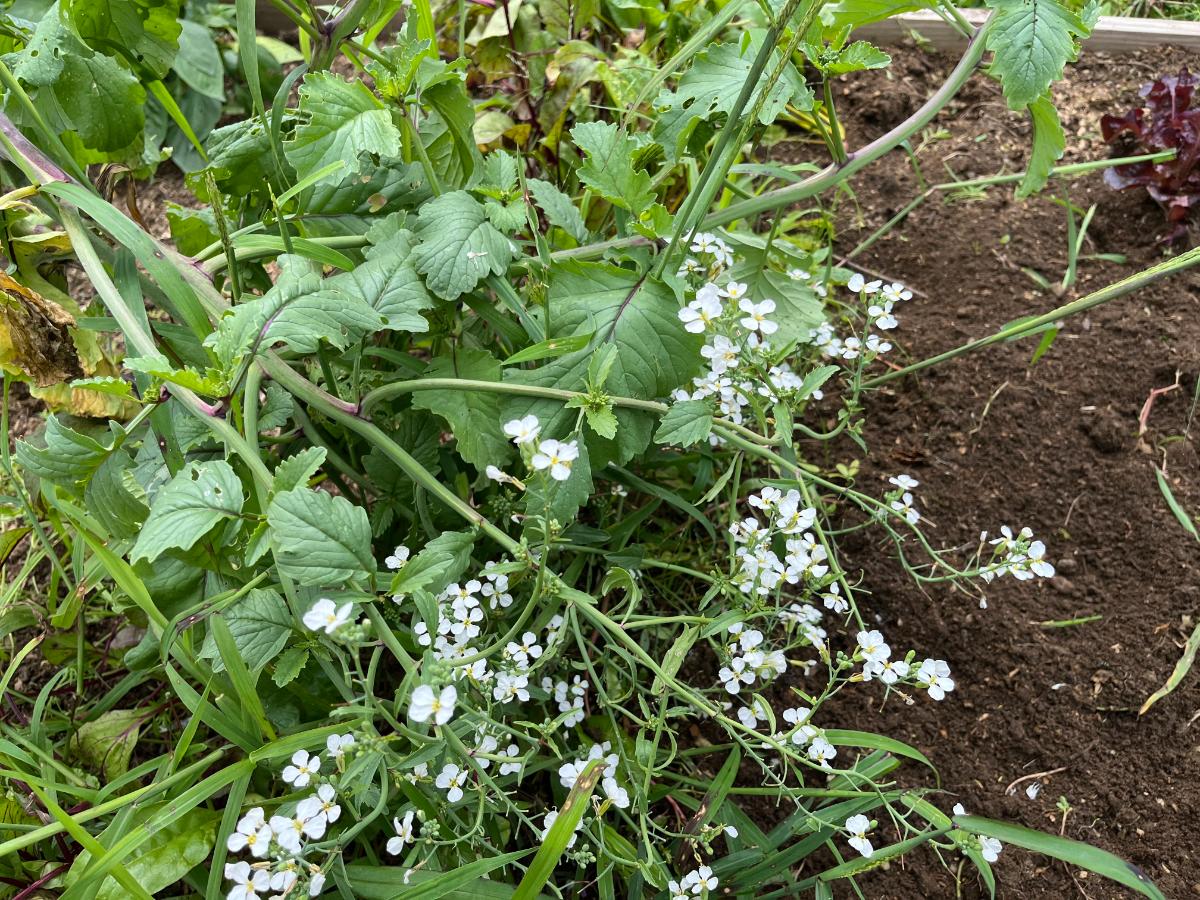
The more we know, the more we can use, and the more variety we have to harvest from our gardens.
What’s in your garden that you might not know you can eat? Check out this list and see!
Jump to:
Plant Parts to Extend a Harvest or Create a Whole New Harvestable Crop
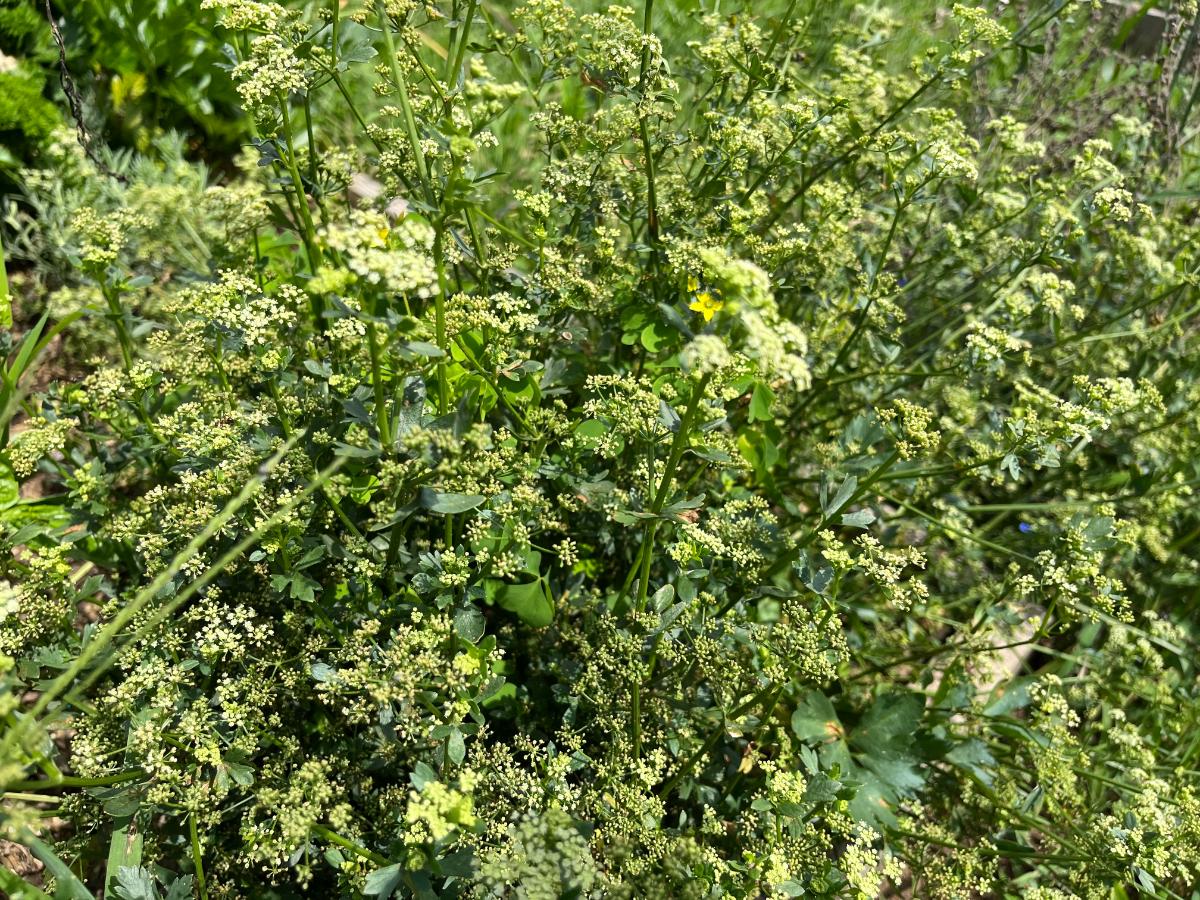
The plant parts on this list are things that we often think are waste.
They may be plants that have gone too far and, we think, must be pulled and thrown out.
They may be plants that have gone to seed, and we think they’re now useless, but the seeds are an entirely different crop you can harvest.
Or they might be parts of plants we typically ignore because no one ever told us we could do anything with them!
Some of these amount to small seasonings and spices, but many of them are harvests that can really add up!
Parts of Plants We Don’t Commonly Eat but Should!

You may know some of these, but we think a lot of these will be new to many people.
If you’ve used one or more of the uncommonly eaten plant parts listed here, please let us know in the comments.
If you haven’t, we hope to hear what you think about some newfound garden bounty you didn’t know you had!
- Arugula flowers: Arugula that has bolted and gone to flower doesn’t have to be wasted; those flowers are delicious, too. They have a similar pepper-like flavor as the arugula leaves. Different varieties have different colors. The flowers of arugula make a nice plate garnish, too.
- Asparagus Leaves: Throughout the summer, when asparagus is in its mature, tall phase, you can snip off the lengths of the leaves from the fernlike tops. These can be stripped like rosemary and then used as a seasoning. Larger sections can be used as garnish. The stems of the leaves do tend to be tougher but they can be sauteed. Flavor is a light asparagus flavor.
- Beet Greens: Use the tiny beets and greens when you thin them, greens you cut off when you harvest, or snip some of the greens while they’re growing for a garden green that tastes a bit like beets. Use fresh, in salads, or sauté.
- Bolted Chinese Cabbage (Bok Choy): The flowers of Bok choy that have bolted are edible – good news since they tend to bolt too easily!
- Broccoli Side Shoots: Don’t stop harvesting broccoli after the first main head is cut – you'll get even more from side-shoot florets!

- Broccoli Leaves: Can be used like cabbage.
- Broccoli Stems: Cut and use like florets.
- Broccoli flowers: Same as florets or broccolini.
- Brussels Sprout Leaves: Leaves can be picked at any stage and chopped to be steamed, sauteed, or used fresh. Younger leaves are more tender. This includes leaves of sprouts that don’t form well, which is nice to know if you have difficulty with getting sprouts to form!
- Brussels Sprout Stems and Stalks: Stems and stalks can be cut and chopped and used like broccoli.
- Brussels Sprout Buds/Flowers: You may not see flowers unless your plants overwinter, but they are similar to broccoli shoots and can be used just the same, fresh or cooked. They can still be used when the flowers open, too.
- Carrot tops: Use the trimmed green tops for Pesto or for soups and stocks.
- Celery Leaves: Generally stronger in flavor but just as edible as stalks and great for soups and flavoring.
- Celery Seeds: Collect seeds from celery gone to seed; they are the same as what you buy in the spice aisle.
- Cilantro Seeds: The dried seeds of cilantro are the same as the spice coriander or coriander seeds
- Cauliflower leaves: Like most brassicas, all parts of the cauliflower plant are edible and can be eaten fresh, cooked, steamed, sauteed, etc.
- Cauliflower stems
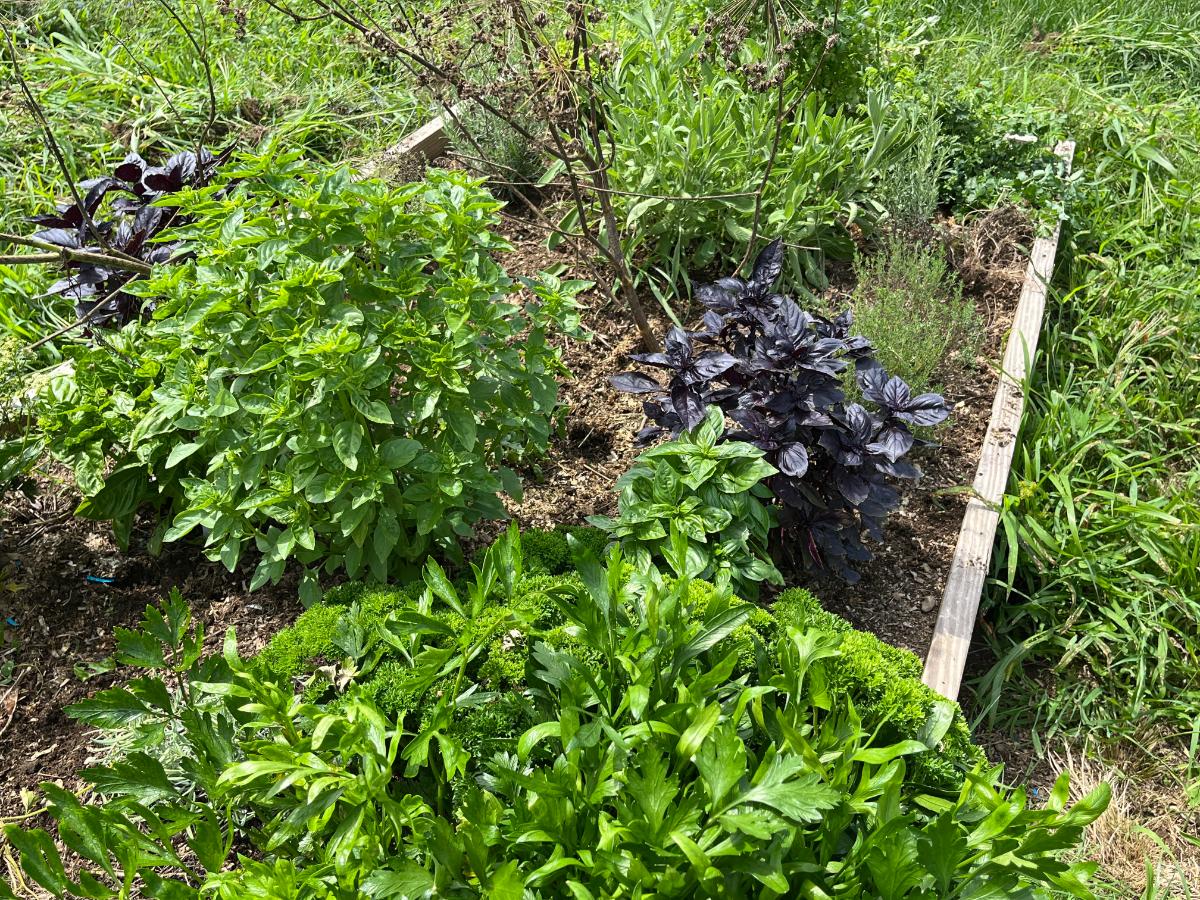
- Herb Flowers: We often think of herbs as finished when they go to flower, but this isn’t true. Most herbs, including mint, lavender, chives, basil, and others, have flowers that are edible, too.
- Kale florets: Similar to other brassicas, you may not see florets or flowers on kale unless they overwinter and enter a second growing season.
- Kale flowers
- Onion skins: mild flavor that lends color to soups and stocks; not preferable for fresh eating due to texture but still a valuable byproduct.
- Onion Tops: Eaten like green onions, chives, leeks, etc., milder onion flavor.
- Garlic Greens (Leaves): Similar to onion greens, mild green garlic flavor. Snip and use the freshest, greenest leaves but don’t overharvest.
- Garlic scapes: A better known “byproduct”, these are the early flowering and seed stalks of hard neck garlic that should be cut so plants form bigger bulbs.
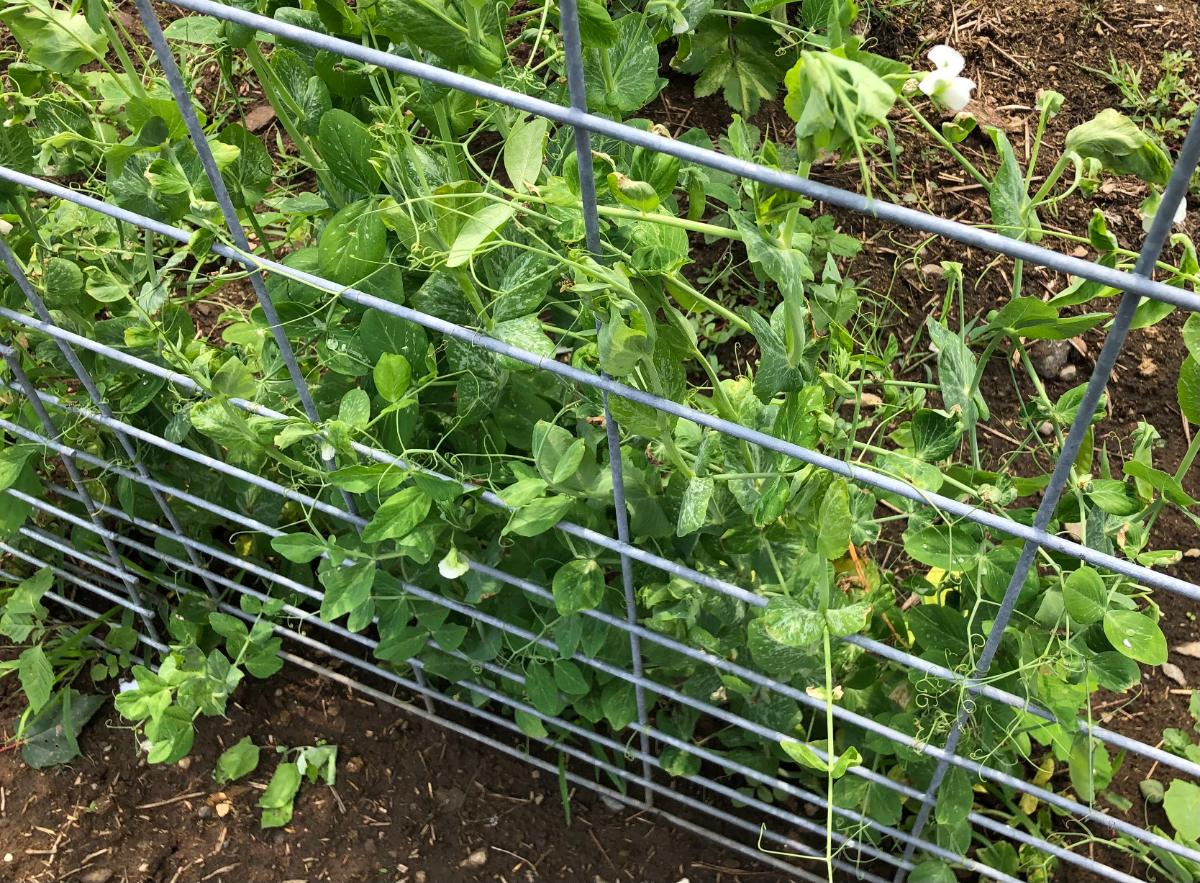
- Pea shoots: you can sprout and grow pea shoots just for eating, or you can trim the tender tips of the pea plant and use those shoots. Delicious, mild, crunchy pea flavor that helps you get more from these plants (and easier than shelling!).
- Pea pods after shelling: Peas are frustrating because you get so little after shelling, and it takes a lot of garden space and work! Being able to use the pods (which are usually wasted) gets you more for all that space and labor. Even pods from shelling peas can be used.
- Radish greens: Similar harvest and use as beet greens, though for texture’s sake, people often prefer them sauteed.
- Radish pods: When radishes go to seed, they form pods, and most of us don’t know it, but those pods are edible. They have a mild radish flavor (so they’re nice if you don’t care for radish heat) and are slightly nutty tasting.
- Radish flowers: Before there are pods, there are flowers, and those make a lightly spicy edible flower, too (also a good garnish).
- Sunflower shoots: Similar to pea shoots, sunflower shoots are picked at about four to six inches tall. Unlike peas, you can’t take them from mature plants, but you can thin out small sunflowers and use those thinned discards. Or you can grow shoots just for the purpose of eating.
Video: 30+ Plant Parts You Didn’t Know Can Eat
How to Use Uncommon Secondary Vegetable Harvests
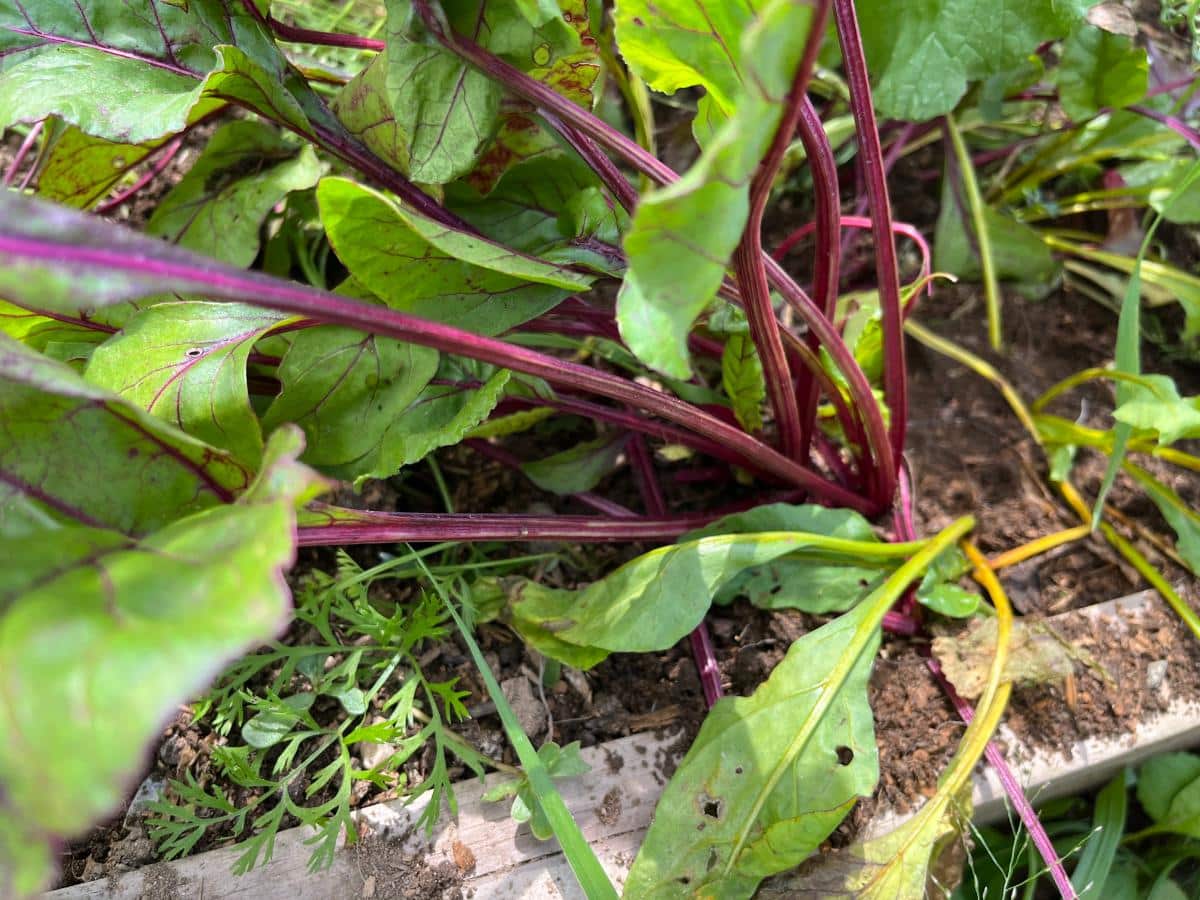
There are many ways to use the other parts of vegetable plants that we don’t usually eat. Some are included in the list above, but here are a few more general suggestions.
How you use these plant parts will depend on the plant and what’s being harvested. Things that are tougher will usually be better as a cooked product, chopped, steamed, sauced, or in a puree (such as a creamed soup).
Use these various plant parts for things like:
- Slaws
- Vegetable stock
- Pestos (tough pea pods are good for this!)
- Pickled mixtures (such as broccoli or cauliflower stems in giardiniera or pickled garlic scapes)
- Sautés
- Salads or salad additions
- Dehydrated and made into powers for seasonings or to add to soups and stocks
- Garnishes
- Seasonings
- Pureed or creamed soups, like broccoli or cauliflower soup made from cooked and pureed stalks
Another Use for Plants Gone to Seed: Save Seeds from Bolted Plants
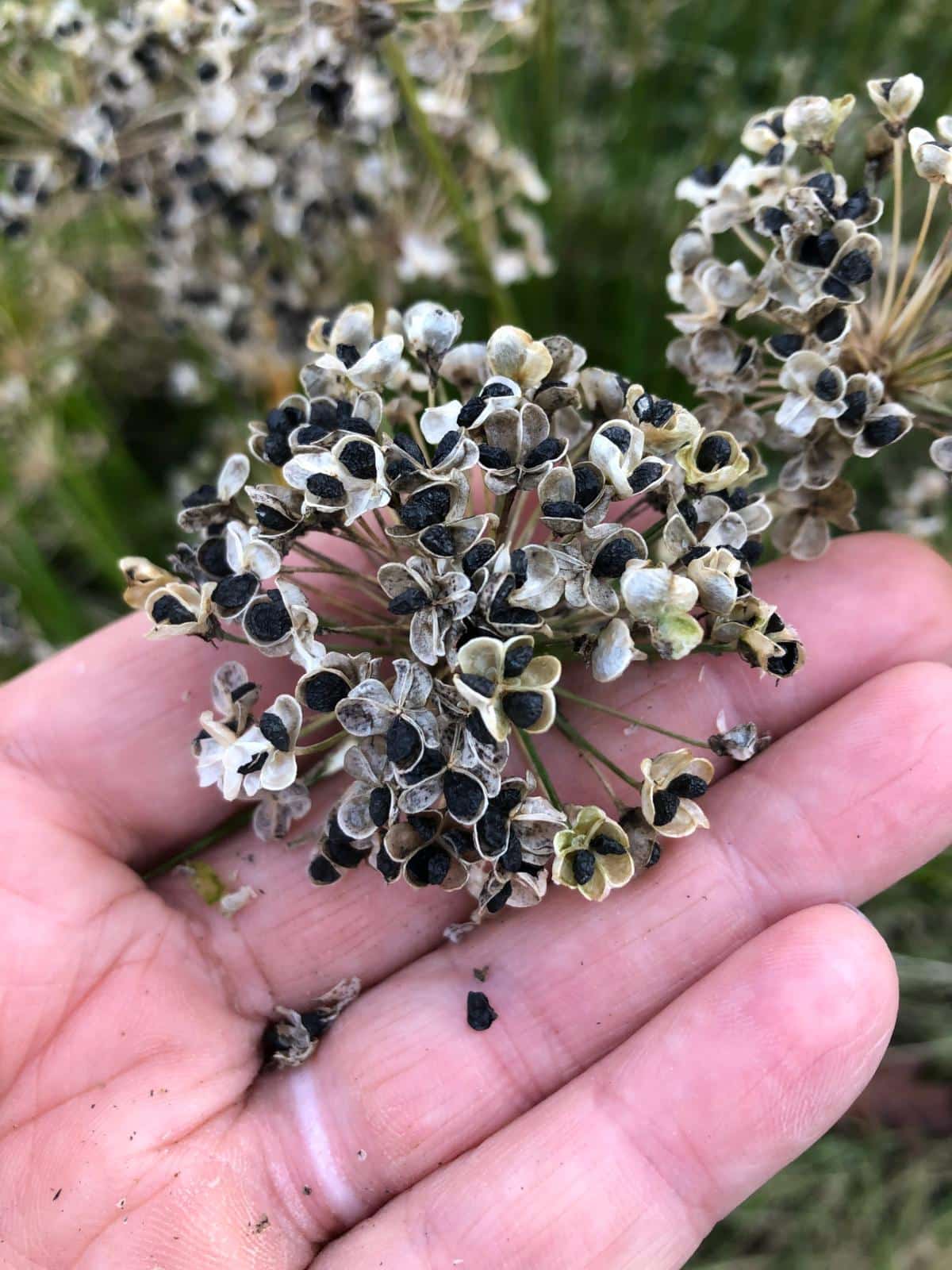
Bolting is a common problem –and often an inevitable one – for those of us who experience hot summer weather. Really, it’s just a combination of stress response and/or the plant’s natural process to set seed and reproduce itself.
Bolting can be frustrating, especially for greens and lettuce growers. While not all of these seeds taste good as edible seeds, you can still get more edible life out of them.
If the seeds are self-pollinating and not hybrids, you can save them to replant as garden seeds for succession crops or next year’s garden.
You can also use that seed to grow microgreens. This is an excellent use of seeds from bolted lettuce, greens, and other plants (including beets, broccoli, radishes, and more).
Microgreens are very healthy and delicious, but they take a lot of seed, and that can make them expensive to grow –but not if you collect and reuse the seed from your garden plants! Free microgreens!
Anything to Add?
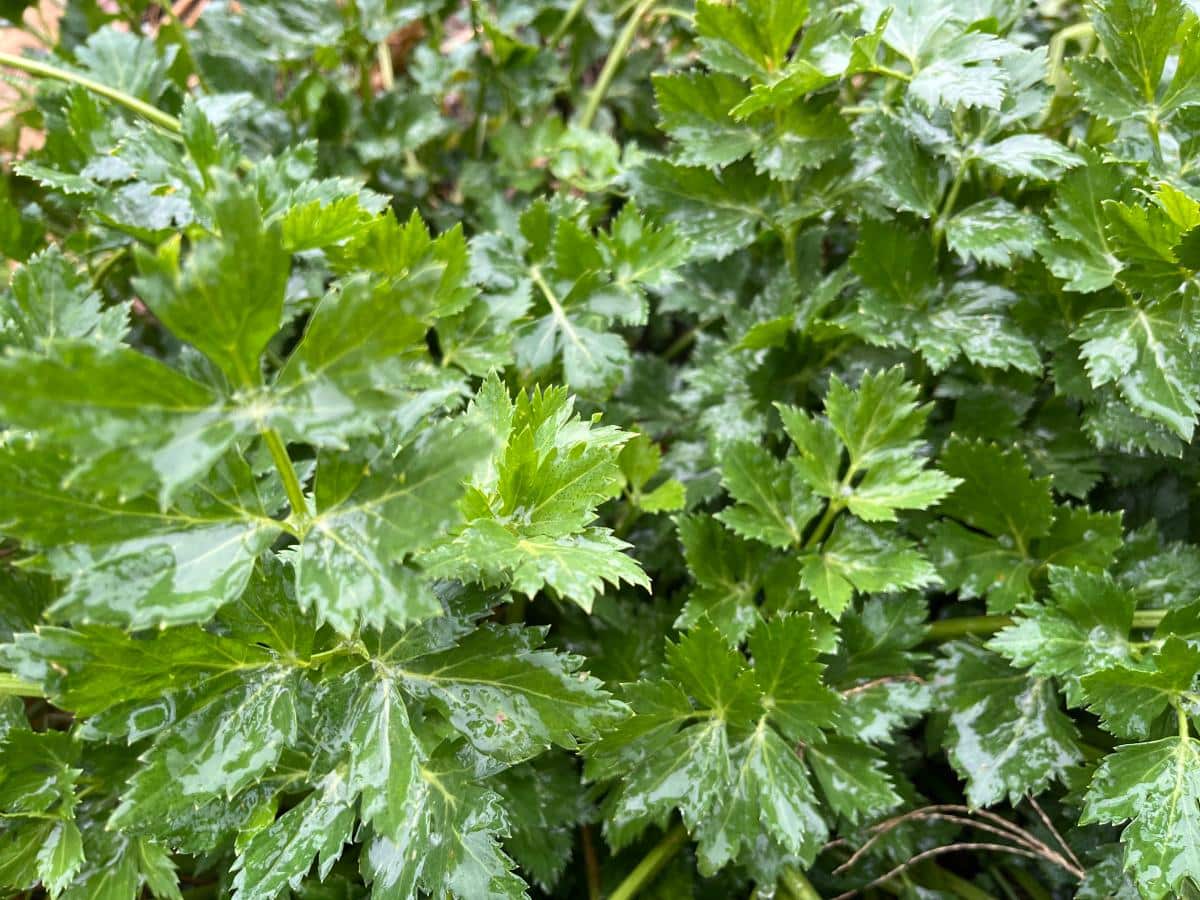
This is quite a collection, but no doubt there are more! Is there a less common plant part you think people don’t know to use? Do you have something to add to the list or recommend?
Let’s hear it in the comments section!

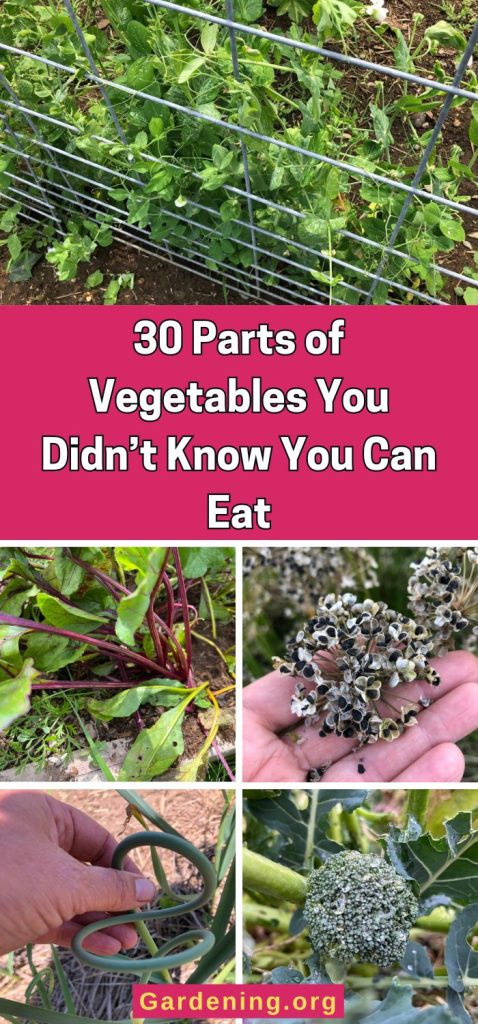
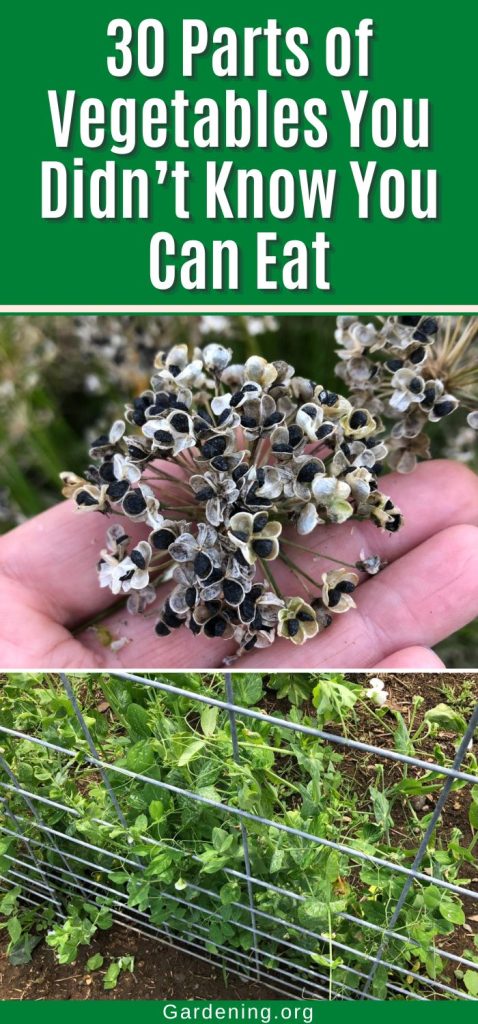
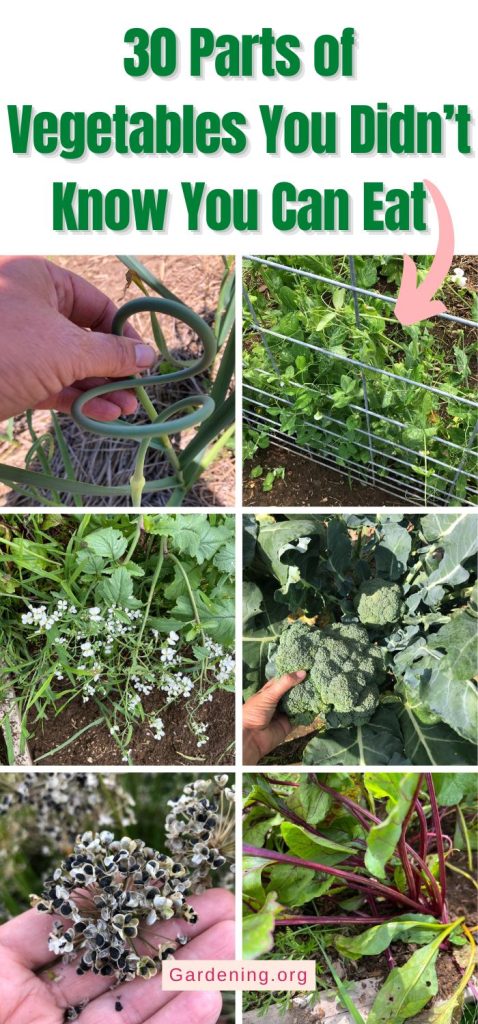
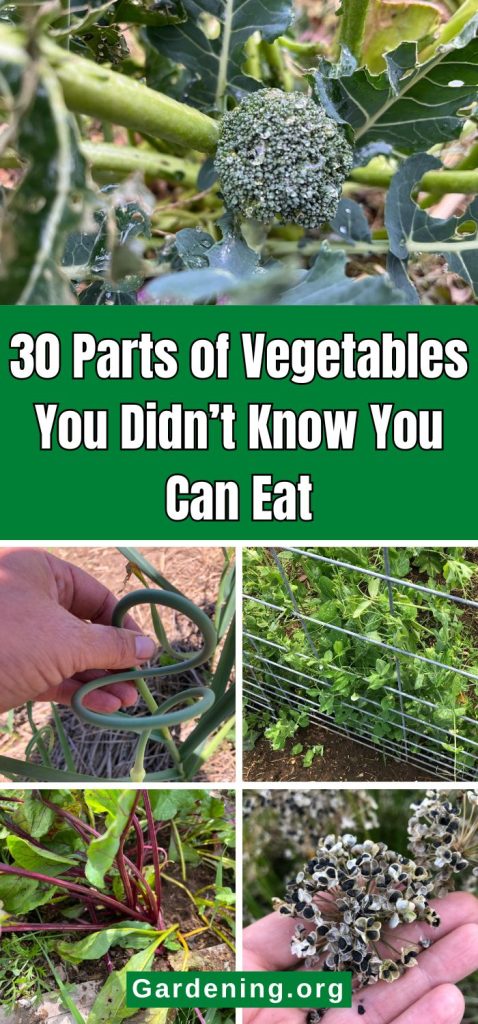
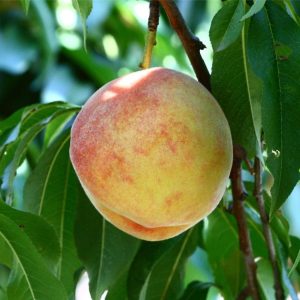
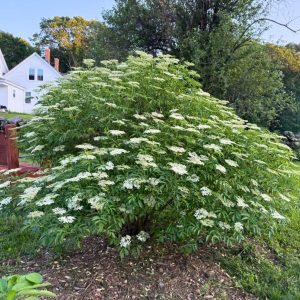
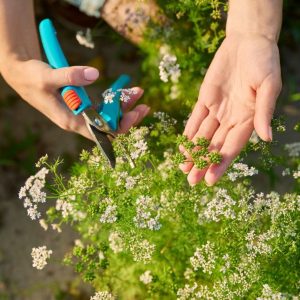

Leave a Reply